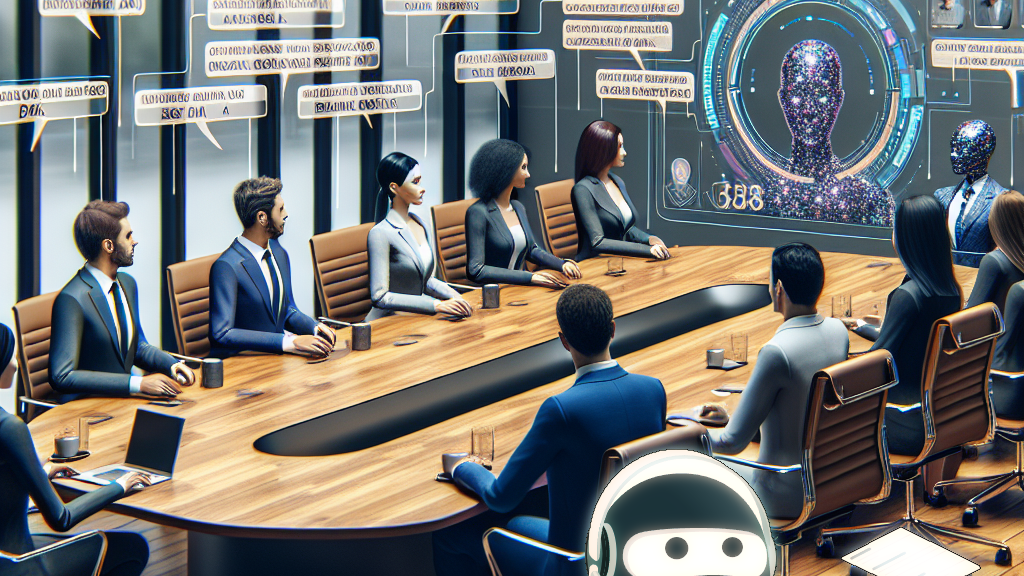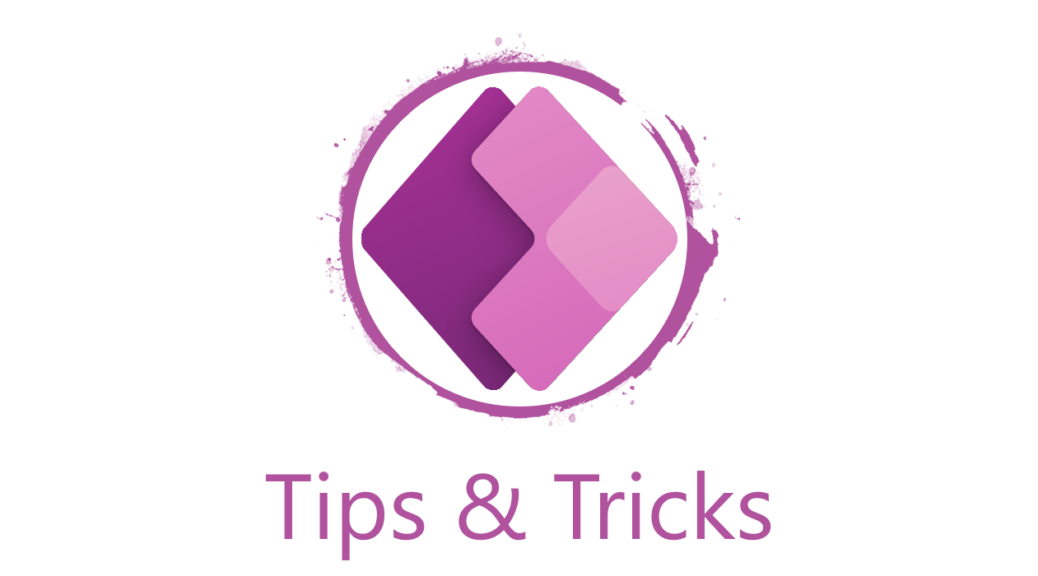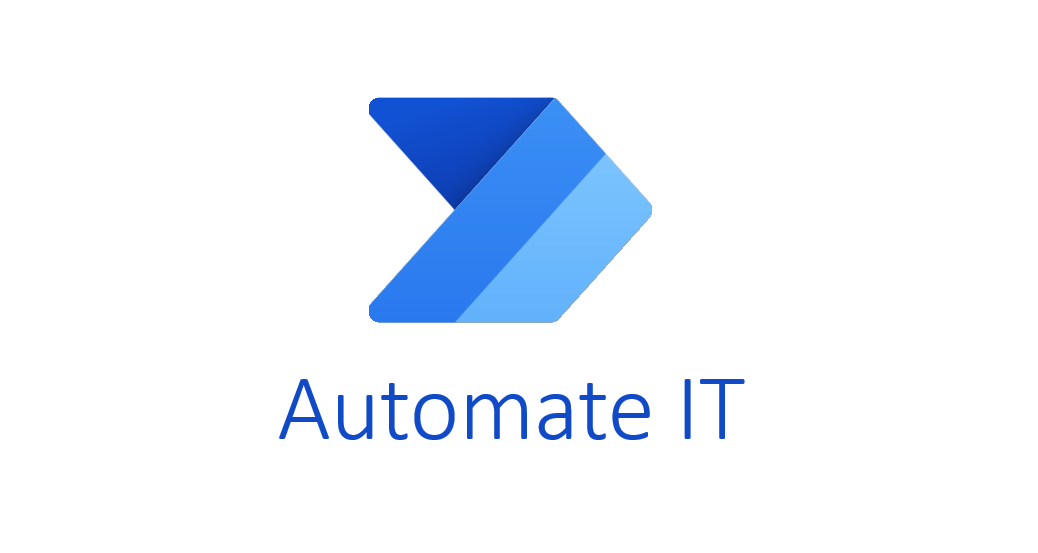Using GenAI – Meeting Minutes Copilot
As a citizen developer it’s so easy to use generative AI. In one of my last blog posts, I outlined the use case of generating meeting minutes from a meeting protocol. Furthermore, I explained the technical details of my meeting minute service. Today I will show you how I build a meeting minutes copilot. Correctly, I’m talking about building a copilot. Copilot is formerly known as Power Virtual Agent. Moreover, you might have noticed this when you navigate to https://powerva.microsoft.com/:…







